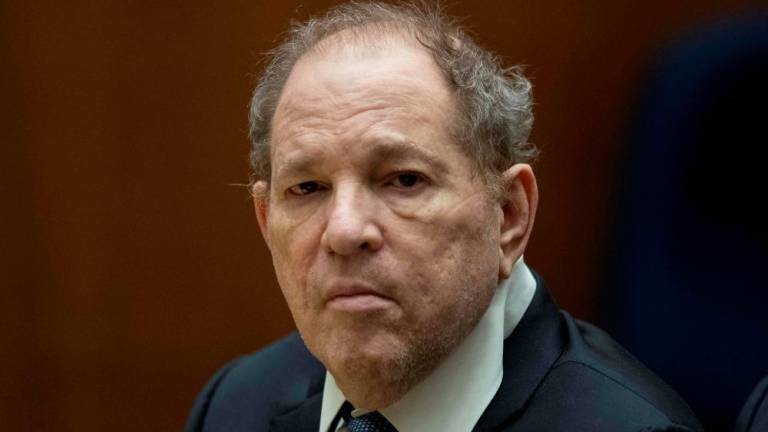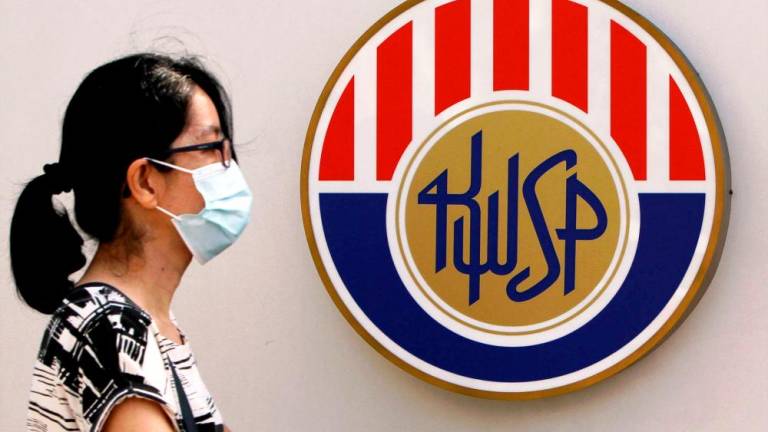PETALING JAYA: The average oil price for 2021 is expected to trend higher at US$53 per barrel (pb) compared with US$48 previously projected by Fitch Solutions, supported by a sharp and robust global growth rebound as Covid-19 headwinds ease.
After a 4% contraction this year, its economist forecast growth in global real gross domestic product (GDP) to expand by a robust 5.4% in 2021, in large part due to base effects but also as halted economic activities are resumed after months-long hiatus.
Fitch Ratings’ research arm forecast the coming year to be one of two halves marked with volatility, noting that optimism over positive progress on the Covid-19 vaccine front and strong economic performance from the US and China through third-quarter 2020 has begun to be priced in by the market.
“However, the degree of bullishness looks set to level off over the first half of 2021, as resumption of lockdowns in key markets such as the US, Europe and the Middle East drag on demand recoveries and market confidence,” it said in a report.
The vaccine rollout across the globe is expected to occur over the next 24 months, reaching most by second-half 2021. This supports the narrative of a stronger economics and fuel demand in the later half of next year.
In the immediate term, Fitch Solutions projected that the Opec+ meeting on Thursday will likely see an agreement to roll over the current level of output cuts for at least three more months, providing support to prices over the first quarter of 2021.
However, it noted that reports on the Opec members’ meeting on Monday were not encouraging as they failed to agree on extending the current levels of cuts despite reaching a framework agreement for a three-month extension.
There were also murmurs that Saudi Arabia considered resigning as co-chair of the Opec+ Joint Ministerial Monitoring Committee, which the research arm viewed as a possible bargaining ploy to get dissidents to agree to the proposed extension but it is also an indication of the growing, visible signs of cracks within the group that could bring future compliance to any output cut quotas into question.
Under the terms reached in April, the current cut of 7.7 million barrels per day (bpd) will be reduced to 5.8 million bpd starting from January 2021.
“Based on past decisions by Opec+, however, the expectation is still for the group to agree to roll over the current level of cuts by at least three additional months, as sharp relapses in Covid-19 infections in a number of key markets threaten new drags on global demand.”
However, Fitch Solutions highlighted that a failure to reach a settlement cannot be ruled out, although such a scenario would be costly and prove highly detrimental for oil prices that are already highly sensitive to changes in supply.
Over the next few years, it foresees the supply side fundamental to be broadly bearish and the concentration of returning barrels in 2022 will see average prices in that year come in at US$51 pb, lower than what it forecasts for 2021.
“Even factoring in a likely extension of the current level of Opec+ output cuts, the cuts are still designed to be eased over its lifetime through to April 2022, barring further re-negotiation,” said the research arm.
It cautioned that the potential for continued market management by Opec+ cannot be ruled out as market conditions remain volatile, although group cohesion looks set to be increasingly tested as disputes among members grow.
Meanwhile, the easing of pandemic curbs along with a modest rebound in prices, will allow idle/shut capacities in global markets to return in the coming months, capping more significant gains in prices.
Fitch Solutions pointed out that trends in US shale in particular will be important to monitor, due to the sector’s ability to be quickly switched on.
“The carryover of headwinds built up over 2020 will see US shale output hit a nadir in 2021, before rebounding in 2022. However, the pace of growth will be significantly slower than in previous years, next to persistent price volatility and more conservative spending among firms,” it said.










